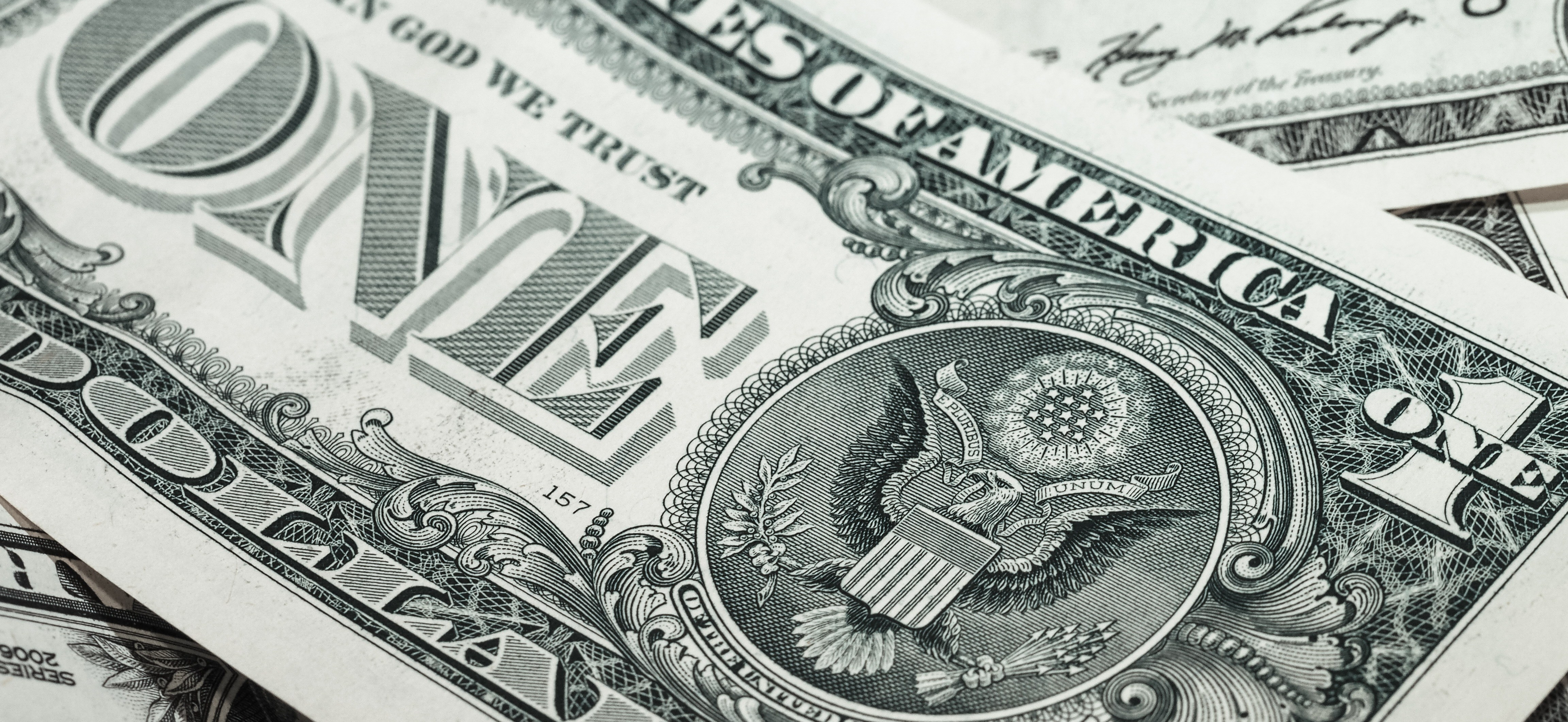June 10, 2018, marks the 55th anniversary of passage of the Equal Pay Act. On that day in 1963, President John F. Kennedy signed into law the act that, in his words, “prohibits the arbitrary discrimination against women in the payment of wages.”

President Kennedy hands out pens at the White House signing of the Equal Pay Act on June 10, 1963. Image by © Bettmann/CORBIS
What is the Equal Pay Act?
Here’s how the Equal Employment Opportunity Commission (EEOC) summarizes the Equal Pay Act (EPA):
The Equal Pay Act requires that men and women be given equal pay for equal work in the same establishment. The jobs need not be identical, but they must be substantially equal. It is job content, not job titles, that determines whether jobs are substantially equal. Specifically, the EPA provides that employers may not pay unequal wages to men and women who perform jobs that require substantially equal skill, effort and responsibility, and that are performed under similar working conditions.
The EPA also stipulates that when employers are required to correct a discriminatory difference in pay, they cannot reduce a higher-earner’s wages; instead, they must increase the lower-earner’s wages. Further, the EPA makes it illegal to retaliate against anyone for opposing practices that discriminate based on wages, filing a charge of discrimination, or participating in any way in an EPA investigation.
What have we gained since the Equal Pay Act?
When the EPA was passed, women earned 58.9 percent of what men earned, and the percentage was on a downward trend. Over the past fifty-five years, the gender pay gap has narrowed. In 2016, female full-time, year-round workers earned 80.5 percent of what men earned.
Earlier this year, a federal appeals court ruled that the EPA prohibits employers from paying women less than men based on women’s salary histories, which may help close the gender pay gap even further.
What progress do we still have to make on pay equality?
Despite these advances, there is still far to go. Even though the EPA makes it illegal to pay women less than men, according to IWPR research, women won’t reach parity until 2059 if trends over the past 30 years continue. The wait will be even longer for women of color: Black women won’t have equal pay until 2124, and Hispanic women won’t have equal pay until 2233.
What’s more, while the EPA focuses on eliminating pay inequality within “substantially equal” jobs, the profound gender segregation of the US labor market means that women and men tend to work in different occupations–and the jobs men tend to do pay much more. IWPR analyses of women in low-wage and middle-skill jobs has shown that many female-dominated jobs require similar skills and education to male-dominated jobs, yet pay much less. Research has found that more than half of the gender wage gap is due to this occupational and industry segregation.
As IWPR’s Ariane Hegewisch has said, “Perhaps the most important first step” in tackling gender inequality in these lower-wage jobs “is deciding that women’s work is valuable, and critical to the economy.” Concrete steps toward this recognition could include raising the minimum wage, guaranteeing paid sick days and family leave, ensuring fair scheduling, tackling wage theft and the underpayment of overtime rates, and increasing public subsidies for child care and elder care.
How have states and cities strengthened pay equality?
Under the EPA, the onus of proving wage discrimination rests on the worker. State and local efforts have sought to reverse this burden by requiring employers to prove that differences in pay are based on factors other than gender, such as legislation recently passed in New Jersey. Other local actions have focused on improving pay transparency, such as legislation in Washington, and banning employers from asking about salary history in the hiring process, such as legislation and executive orders in Massachusetts, New York City, and Chicago, among others.

IWPR has been researching the gender wage gap and occupational segregation since its founding in 1987. Since then, the Institute has changed the conversation on women’s pay and provided policymakers, journalists, and advocates the data they need to better inform the debate on women’s economic status.
Want to learn even more about the gender wage gap? Head to IWPR’s “Pay Equity & Discrimination” page. Also be sure to check out IWPR’s Status of Women in the States’ “Employment & Earnings” page to see how your state measures up on women’s pay.

